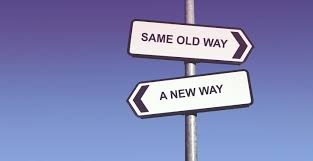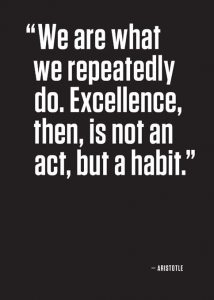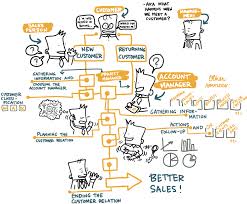*Update: Remember that blog where I said Ruth and I were going to stay accountable for doing the blog. This is me doing the blog. Late. To note, Ruth didn’t say “That’s OK!”. She said something to the effect of, “So when will you be posting the blog”. Super effective from an accountability perspective. Thus, why I am posting this blog on Tuesday. *
What’s happening over at Whiteboard? Lot’s of things. We’re meeting up with clients old and new, and are super excited about all of the great process work, leadership work, and culture development we get to do with our clients this year.
So this new year has everyone setting goals, emptying their email inboxes, finding new and better ways of doing things. We are all bombarded with so many tasks to do , how do we actually know which ones are the RIGHT ones to be spending time on?
The steps below outline a process that you can use to identify your tasks, identify what they are worth, analyze the data, and then start booking your calendar in such a way that you can maximize the work you do to benefit you and your organization.
Step 1: Brainstorm all of your activities.
What are the primary activities you do in your business; emails, phone calls, actual “work”, social media, presentations, workshops? Write them all down (or use excel if you are of that ilk.)
Step 2: Assign value to each of them.
This can get tricky, the key is to make your best guess. Some items might not have a dollar attachment to them, and others you might need to do a little work for. I’ll take you through some of my examples:
Networking events: Last year I went to 27 networking events, and through those events (so far), We have approximately $10,000 worth of business.
1:1 Meetings: Last year I did approximately 100 1:1 meetings, and they yielded about $5,000 in revenue.
Get the point? It’s not a science, but you should start to see some patterns.
Step 3: Analyze the data
So you might start to see some patterns, like the 27 hours you spend on Social Media each week haven’t yet yielded you a client. That doesn’t mean you should stop doing social media, it is an important part of your business – rather, you could probably spend 10 hours and get the same benefit, and donate some additional time to Networking events, which seem to contribute to your sales pipeline.
Step 4: Book your Calendar!
Now, book your calendar with the activities that generate VALUE, and slot in the time to take care of all of those day-to-day tasks and emails that may not add direct value, but are a necessary evil!
Have a great, productive, efficient, and VALUABLE week!
Until Next Time,
Nicole
P.S. Like my doodle? Check out Carolyn Ellis at Brilliance Mastery! She taught Ruth and I how to doodle and we’re hooked. Be prepared for many doodles to come!




 We lost our trigger….
We lost our trigger….




 A process can be defined as a series of actions or steps that are undertaken in order to achieve a particular outcome. Some common examples that may resonate with you – think of the steps that are involved in each:
A process can be defined as a series of actions or steps that are undertaken in order to achieve a particular outcome. Some common examples that may resonate with you – think of the steps that are involved in each:

 mething could go wrong, you’d be right. And how might that be a good thing? It can protect you from dangerous situations.
mething could go wrong, you’d be right. And how might that be a good thing? It can protect you from dangerous situations.

 ndors a lot better.
ndors a lot better.